Monthly Archives: October 2024
SOURCE: AFI
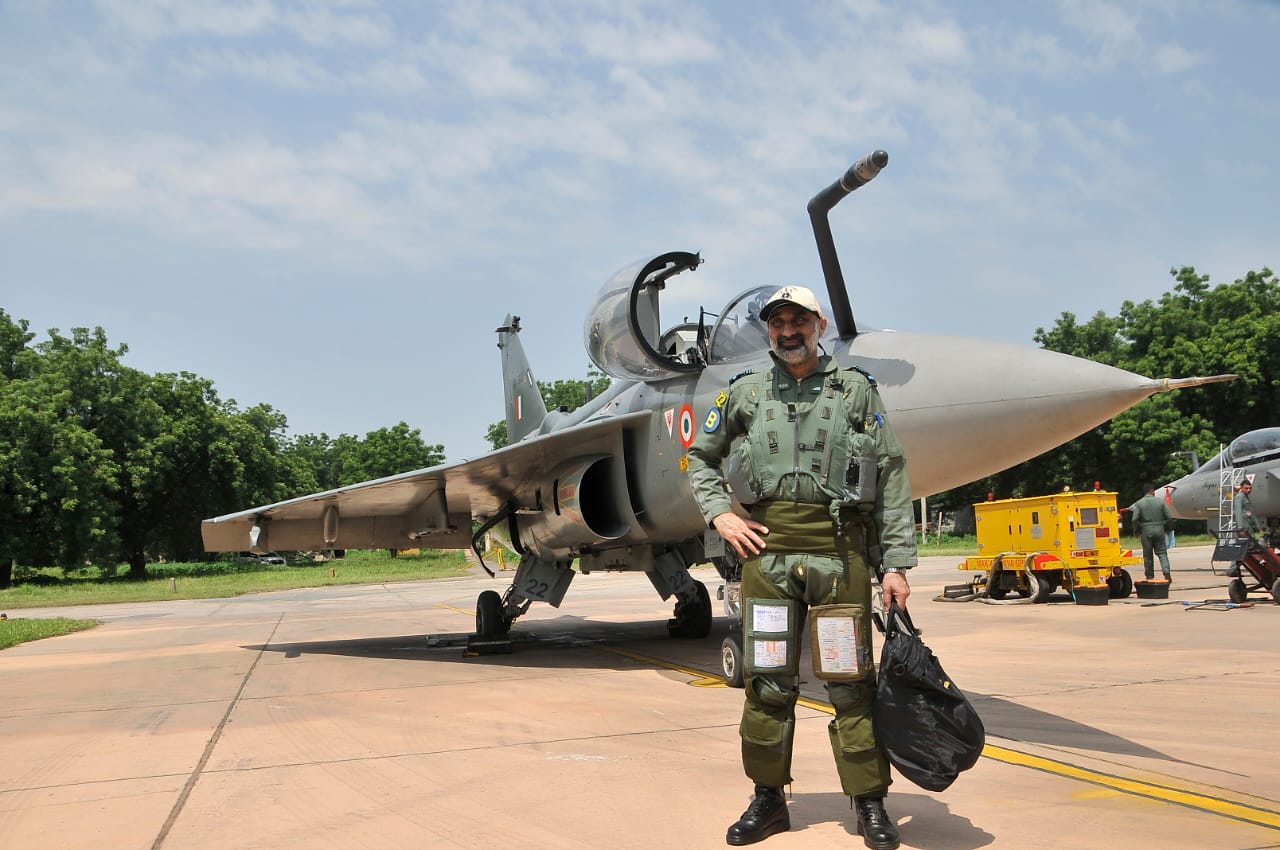
The Indian Air Force (IAF) is grappling with a dwindling number of fighting squadrons, a pressing concern that has been highlighted in recent years. However, Air Chief Marshal AP Singh, the Chief of Air Staff, expressed optimism on Friday, asserting that the situation is not dire and that the promises made by Hindustan Aeronautics Limited (HAL) could help alleviate the shortage.
HAL, a state-owned defense company, has been tasked with producing the indigenous Tejas light combat aircraft to bolster the IAF’s fleet. Singh acknowledged that the development and production of the Tejas have faced delays, but he expressed confidence that HAL can meet its production targets.
Continue readingSOURCE: AFI

Defense Laboratory, Jodhpur (DLJ) has made significant strides in camouflage technology with the development of adaptive visual and thermal camouflage systems, as well as multi-spectral camouflage stickers. These innovative technologies aim to enhance the stealth capabilities of military vehicles by blending them seamlessly into their surrounding environments.
The adaptive camouflage systems developed by DLJ utilize advanced algorithms to generate visual color and thermal patterns dynamically onto vehicles, matching them with the specific background features of their deployment location. This dynamic adaptation ensures that the vehicle effectively merges with its surroundings, making it difficult to detect.
Continue readingSOURCE: AFI

Zen Technologies, a leading innovator in defense solutions, has unveiled a revolutionary range of remote-controlled weapon and surveillance systems designed to bolster national security and empower defense forces globally.
These state-of-the-art systems mark a significant leap in technological advancement, addressing emerging threats and offering robust support across diverse terrains and missions.
Continue readingSOURCE: AFI

IG Drones, a leading Odisha-based drone technology startup, has secured $1 million in its first round of funding. This significant investment will be primarily utilized to accelerate research and development efforts in the defense sector. The company also has ambitious plans to raise an additional $3 million within the next six months to further expand its operations both domestically and internationally.
Bodhisattwa Sanghapriya, the founder and CEO of IG Drones, emphasized the company’s unwavering commitment to innovation, research and development, talent acquisition, and global expansion. He expressed confidence in the company’s exponential growth trajectory, solidifying its position as a leader in drone technology and artificial intelligence (AI).
Continue readingSOURCE: RAUNAK KUNDE / NEWS BEAT / IDRW.ORG
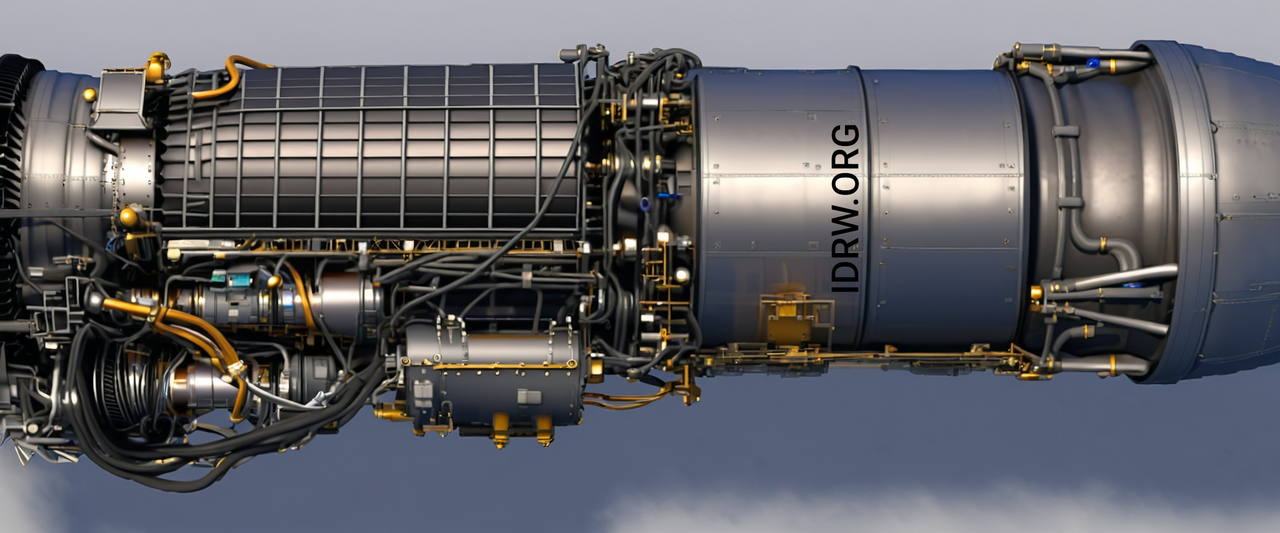
The Indian Air Force (IAF) is exploring the possibility of inviting private sector companies to establish a Maintenance, Repair, and Overhaul (MRO) facility for the F-404 engines powering its Tejas Mk1A fighter jet fleet. This move comes as the IAF plans to place orders for over 97 more Tejas Mk1A jets by the end of the year.
Currently, the F404-IN20 engines, which are directly imported from GE Aerospace, are exclusively maintained by the IAF. However, with the expansion of the Tejas fleet, the IAF is considering outsourcing engine maintenance to private sector companies. This could involve the IAF procuring spares and consumables directly from the Original Equipment Manufacturer (OEM), while HAL, the manufacturer of the Tejas Mk1A, would not have a direct role in engine maintenance.
Continue readingSOURCE: RAUNAK KUNDE / NEWS BEAT / IDRW.ORG
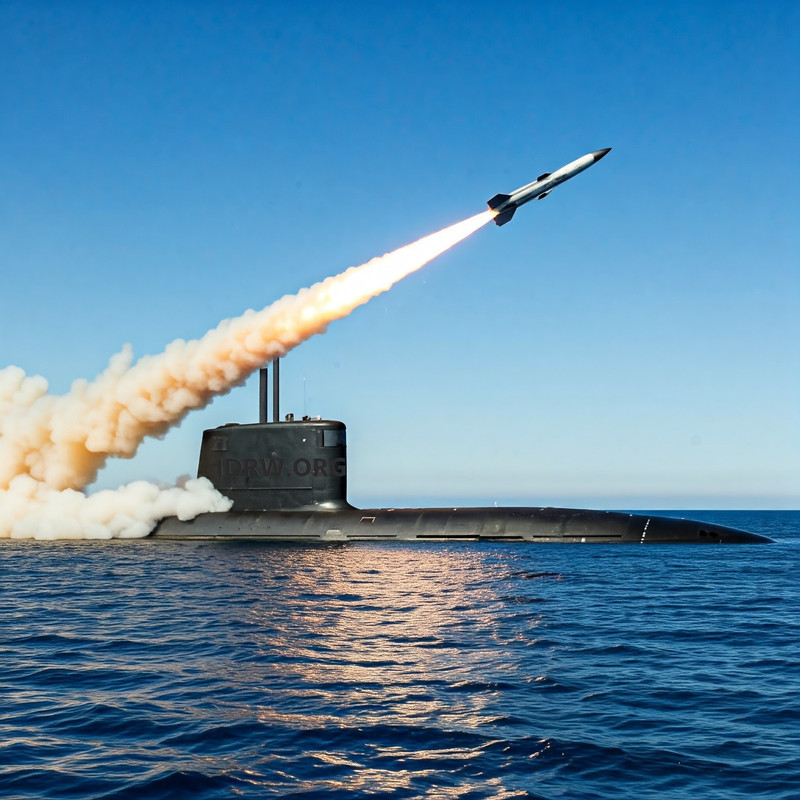
India’s Defence Research and Development Organisation (DRDO) is working on the development of the Naval Anti-Ship Missile–Medium Range (NASM-MR) for the Indian Navy. This next-generation missile is designed to bolster the Navy’s capabilities by replacing ageing missile systems and adding cutting-edge technology to its arsenal. The NASM-MR represents a significant leap in anti-ship warfare, with the potential to reshape India’s maritime defence strategy.
As part of DRDO’s plan to enhance the versatility of the NASM-MR, the organization is also developing a submarine-launched variant. This version will be modified for launch from torpedo tubes, allowing India’s submarines to strike enemy vessels without surfacing, providing a significant tactical advantage.
Continue readingSOURCE: RAUNAK KUNDE / NEWS BEAT / IDRW.ORG

The Defence Research and Development Organisation (DRDO) is gearing up to transform the Indian Air Force’s (IAF) existing A321 aircraft into sophisticated Airborne Early Warning and Control (AEW&C) platforms. The ambitious project, estimated to cost Rs 10,990 crore, is expected to begin in 2025 and culminate in the delivery of the first AEW&C Mark-2 aircraft by 2027-28.
The A321s, previously owned by Air India, are undergoing a significant upgrade to equip them for military service. A new avionics suite is being installed, specifically designed for military aircraft. Additionally, Airbus has appointed an Indian firm to oversee the installation of the main dorsal antenna, which is currently under development and undergoing rigorous computer simulations.
Continue readingSOURCE: AFI

According to a report by the Federation of American Scientists, India is poised to significantly enhance its nuclear arsenal with the upcoming deployment of the Agni-VI intercontinental ballistic missile (ICBM). This solid-fueled, multi-stage missile is expected to be operational by 2027.
The Agni-VI is designed to be a formidable weapon system. It is capable of carrying up to ten nuclear or thermonuclear warheads in MIRV (Multiple Independent Re-entry Vehicle) and MaRV (Maneuverable Multiple Independent Re-entry Vehicle) configurations. To evade enemy defenses, the missile can also deploy decoys and chaffs to confuse anti-ballistic missile systems.
Continue readingSOURCE: AFI
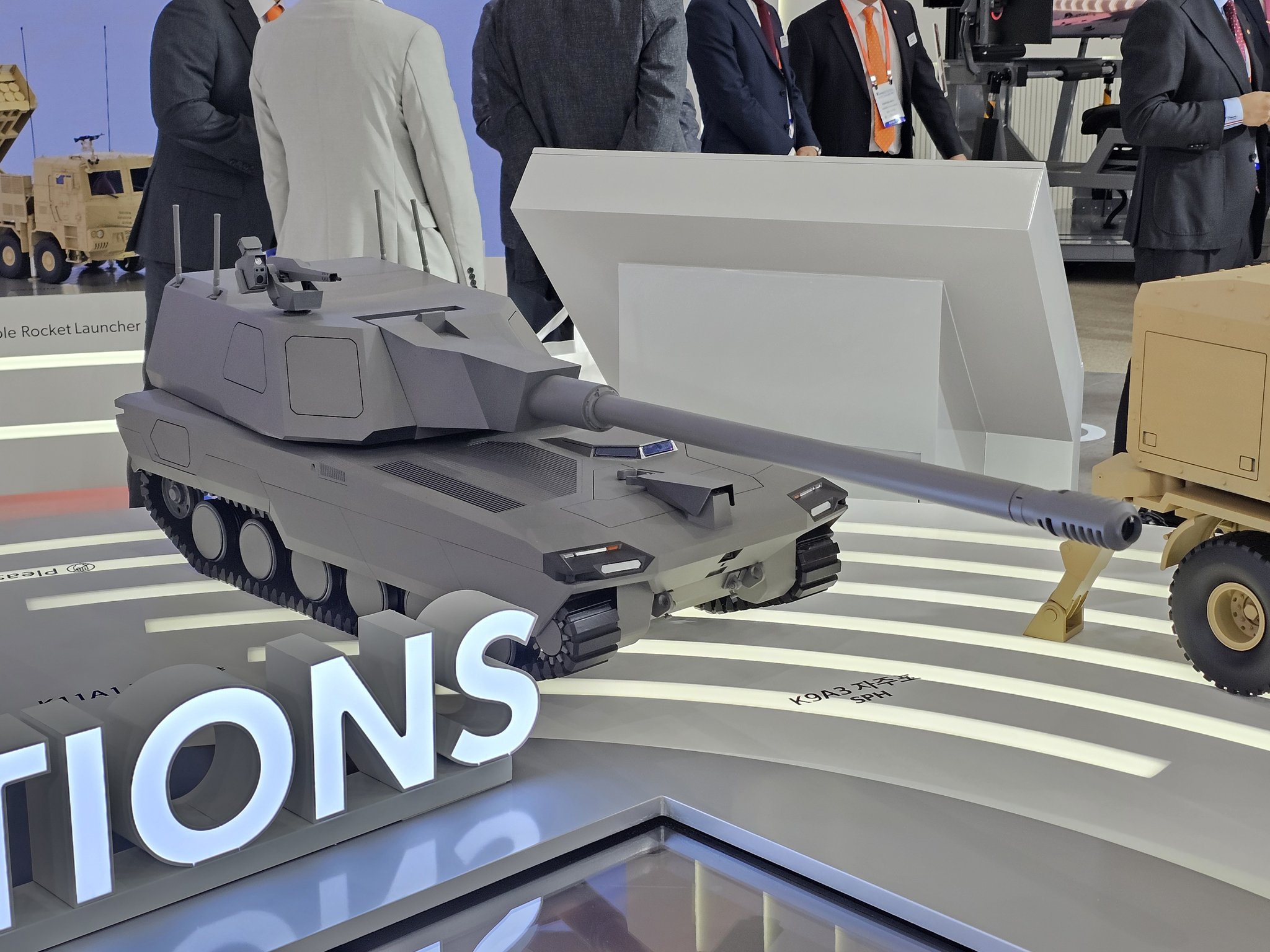
: Hanwha Defense, a leading global defense company, has announced the development of a new version of its highly successful K9 Howitzer. The upgraded K9, featuring a larger 155mm, 58-caliber barrel, boasts an extended range exceeding 80 kilometers. This significant enhancement, combined with the potential for unmanned teaming capabilities, positions the new K9 as a formidable artillery system for modern warfare.
The K9 Howitzer has already gained widespread recognition and adoption worldwide. In India, the K9 Vajra, a variant manufactured by Larsen & Toubro (L&T) under a technology transfer agreement with Hanwha Defense, has been a valuable asset to the Indian Army. With the introduction of the new K9, Hanwha Defense is seeking to further strengthen its partnership with India and explore opportunities for the supply of 100 additional units.
Continue readingSOURCE: AFI

The Armament Research and Development Establishment (ARDE), a premier research and development organization under the Defence Research and Development Organisation (DRDO), is undertaking a significant project to develop a 20mm gun, a 20mm turret, and a 70mm rocket system. These advancements are expected to bolster India’s indigenous defence capabilities and reduce reliance on foreign imports.
One of the key components of this project is the development of a 20x102mm TGS gun. This high-caliber gun is anticipated to be retrofitted onto the SP LCH and Rudra light combat helicopter fleets, replacing the existing Nexter THL20 turret. The TGS gun is expected to provide these helicopters with enhanced firepower and capabilities.
Continue readingSOURCE: AFI
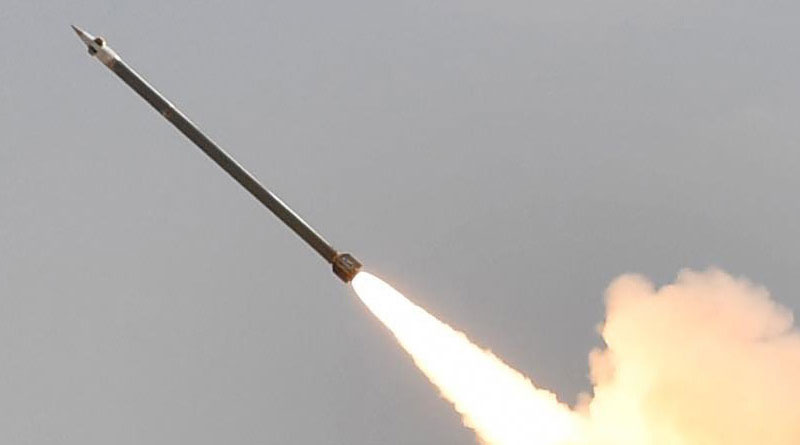
The Indian military is gearing up for crucial flight tests of the indigenously developed Guided Pinaka rocket system at the Pokhran Firing Range (PFFR) in Rajasthan. These trials are scheduled to take place between October 21st and 31st, 2024.
The Pinaka is a multi-barrel rocket launcher system known for its rapid fire capability. The upcoming trials will focus on the Guided Pinaka variant, a significant upgrade that integrates precision guidance technology into the existing system. This addition promises to enhance the weapon’s effectiveness by offering improved accuracy and target engagement at longer ranges.
Continue readingSOURCE: IDRW.ORG
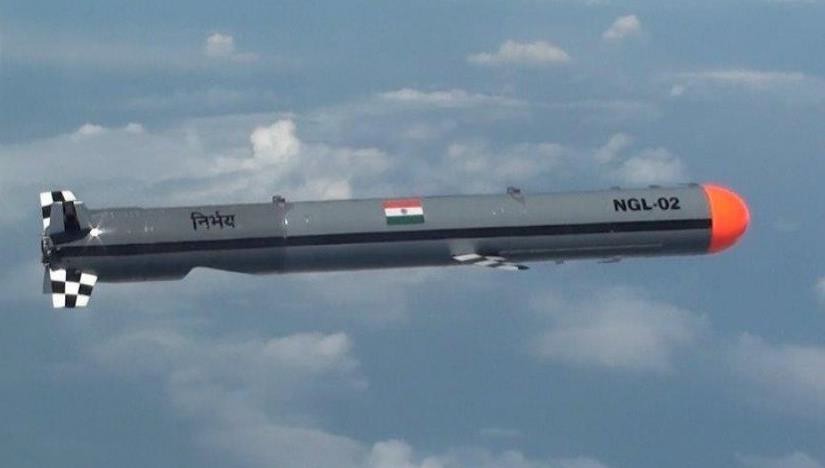
The Indian Army is gearing up to conduct user trials of the Nirbhay sub-sonic cruise missile. This development comes as the missile nears the completion of its developmental trials, powered by a locally made STFE engine.
Sub-sonic cruise missiles with a range of 1000 km are a crucial component of the upcoming Rocket Force, which is set to become the fourth service wing of the Indian Armed Forces. The Nirbhay missile has already been successfully tested from a truck-mounted system earlier this year.
Continue readingSOURCE: IDRW.ORG
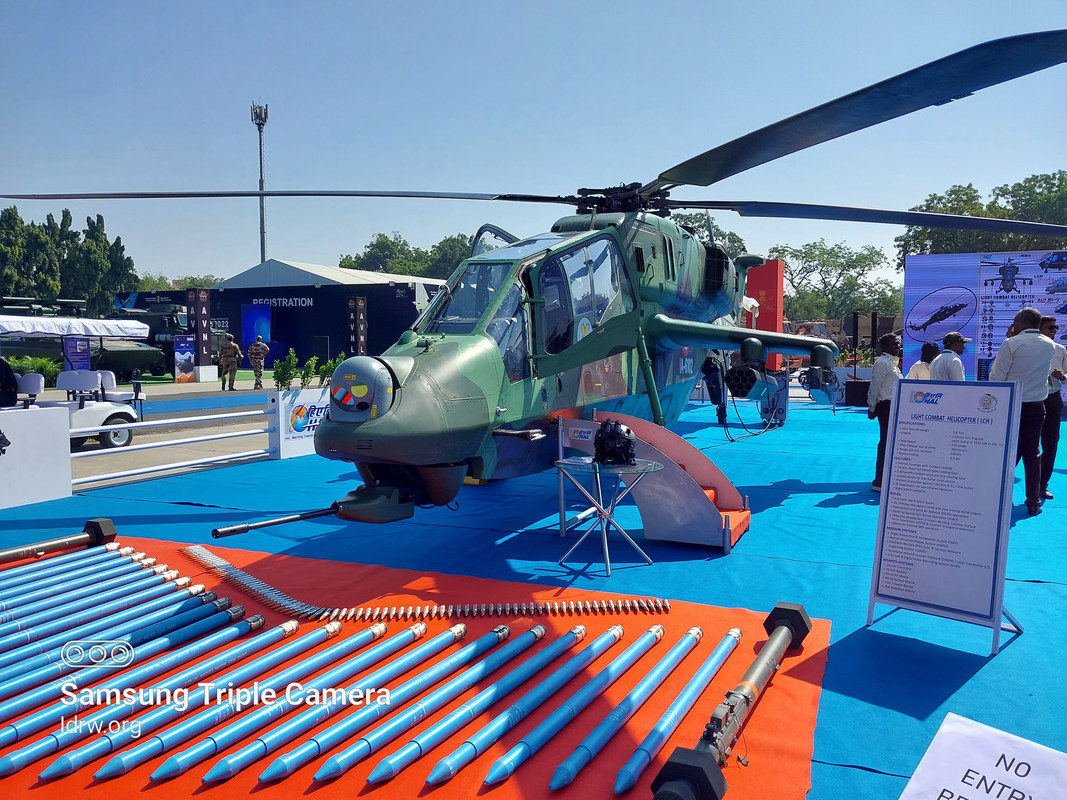
The Indian Army’s aviation wing, which has traditionally operated utility helicopters, took a significant leap forward with the induction of its first dedicated attack helicopter, the Light Combat Helicopter (LCH), in November 2022. The first LCH squadron, 351 Army Aviation, was moved to Missamari, Assam, located near the Line of Actual Control (LAC), a strategic area in the Eastern sector. This marks a pivotal shift in the Army’s air power capabilities, enabling more effective combat operations in both high-altitude and challenging terrains.
In a significant move to enhance the Army’s combat aviation strength, the Defence Acquisition Council (DAC) has approved the procurement of 156 LCHs at an estimated cost of ?45,000 crore. Of these, 90 will be for the Army, and 66 will go to the Air Force. This is in addition to the 15 limited series production (LSP) LCHs currently being procured — 10 for the Indian Air Force (IAF) and five for the Army, at a cost of ?4,264 crore.
Continue readingSOURCE: AFI
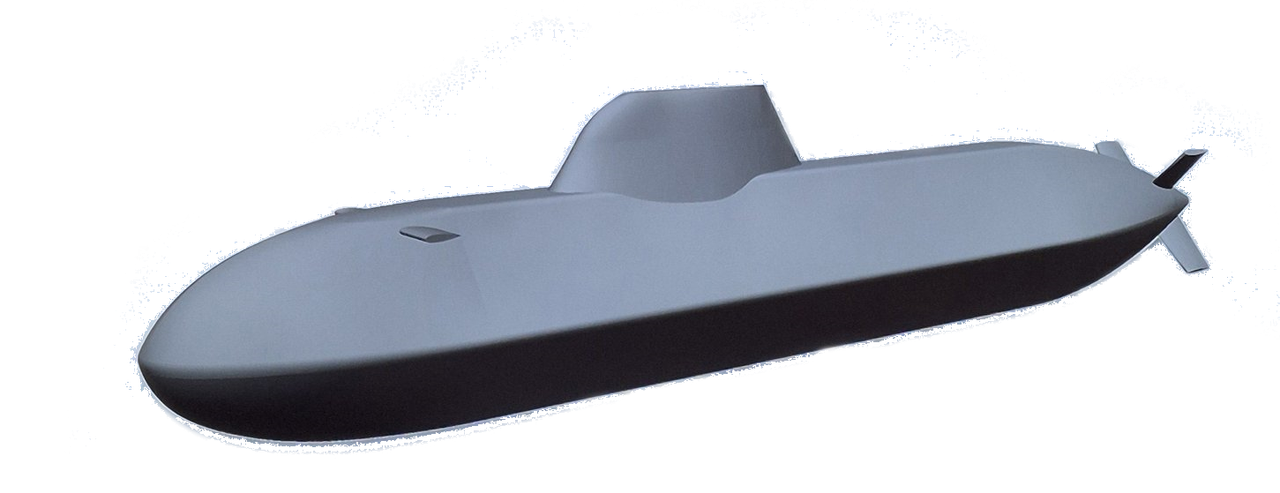
The German shipbuilder ThyssenKrupp Marine Systems (TKMS) recently lost an international arbitration case concerning defective parts in the Son Won-il class submarines of the South Korean Navy. This legal victory has significant implications not only for South Korea but also for countries like India, which is considering German submarines for its Project-75(I) tender. With the global submarine market being worth tens of trillions of won, this arbitration outcome raises concerns about the reliability of foreign-built submarines and highlights the importance of seeking robust guarantees in future contracts.
The Son Won-il class submarines, a key part of South Korea’s naval fleet, have been in service since the early 2000s. However, after just a few years of operation, the submarines began to experience issues, particularly unusual noise generation, which severely hampered their stealth operations. Noise minimization is critical for submarine missions, and this problem rendered the vessels nearly useless. The controversy centered around whether the defects stemmed from faulty foreign parts, crew mishandling, or errors by the final assembly company, HD Hyundai Heavy Industries.
Continue readingSOURCE: AFI
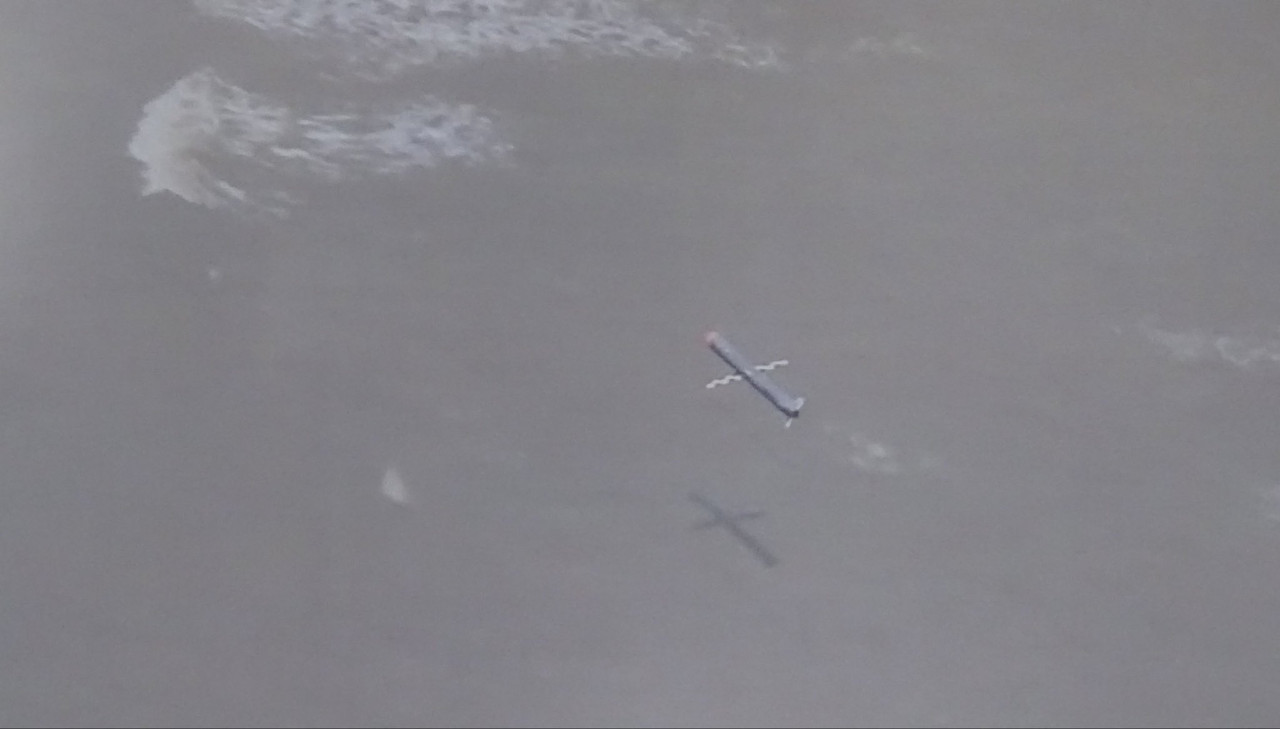
A viral image capturing India’s Nirbhay cruise missile in action has sparked widespread attention for its impressive sea-skimming capabilities. The image shows the missile flying just 8 meters above the ocean surface, showcasing its ability to avoid detection by warship radars. This demonstration has reinforced Nirbhay’s reputation as a potent asset in India’s defense arsenal, capable of taking out frontline warships while evading sophisticated radar systems.
The sea-skimming maneuver demonstrated by the Nirbhay missile is a crucial feature that makes it highly effective against naval targets. By flying at an extremely low altitude, close to the ocean surface, the missile can avoid detection from enemy warships’ radar systems, which are designed to track threats coming from higher altitudes. This low-altitude flight profile minimizes the missile’s radar cross-section, making it difficult for enemy radars to pick it up until it’s too late to react.
Continue reading